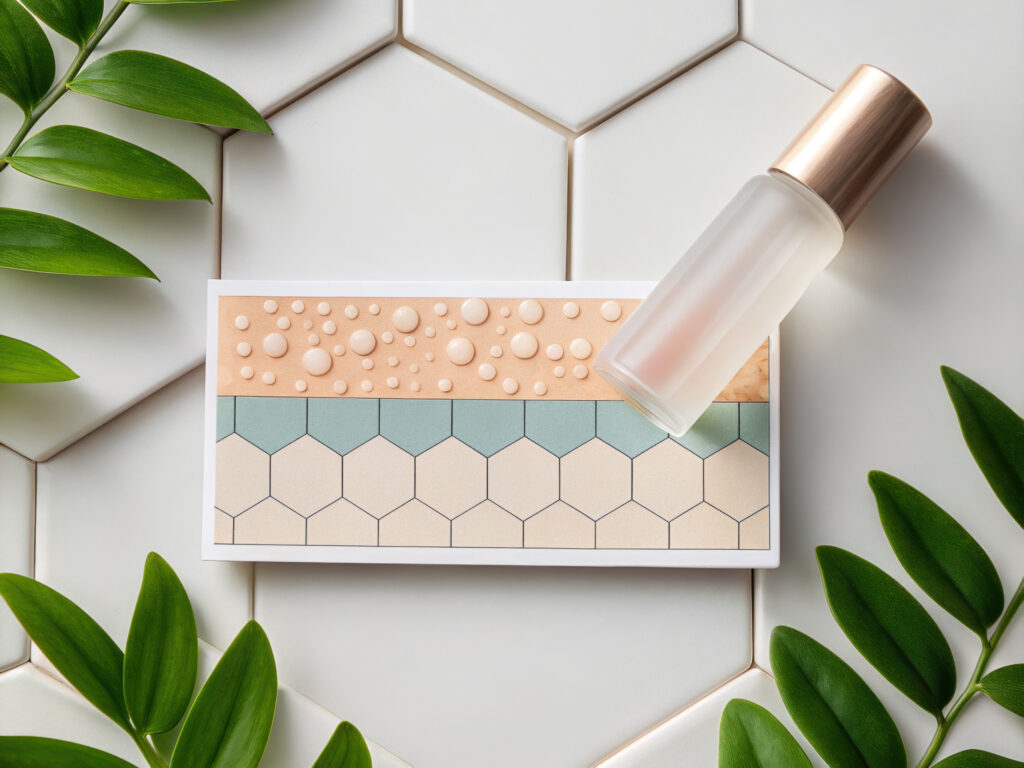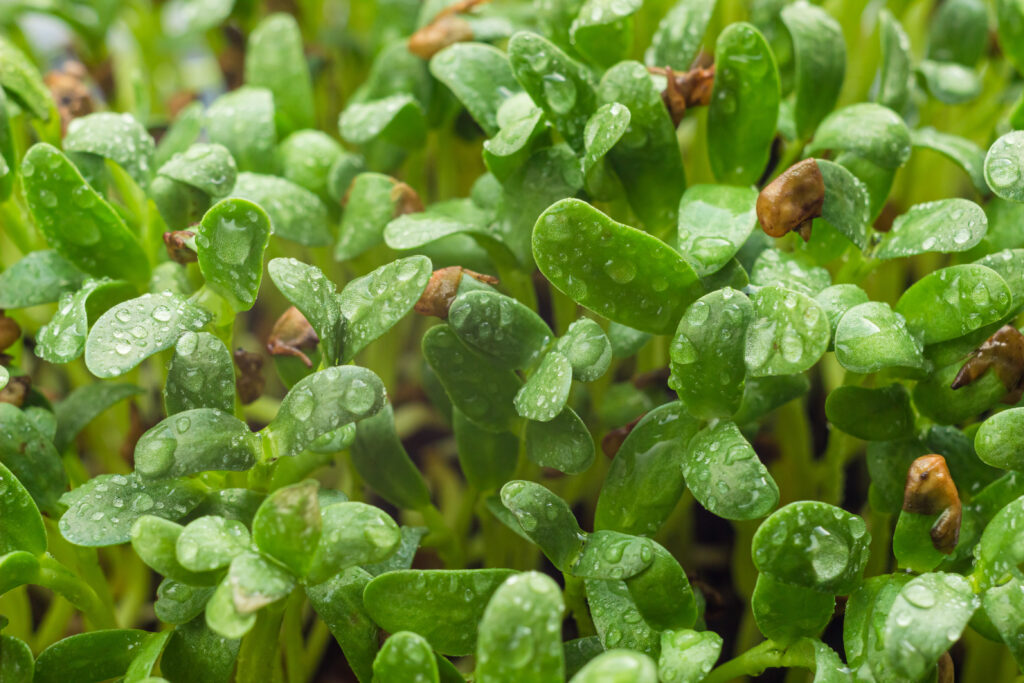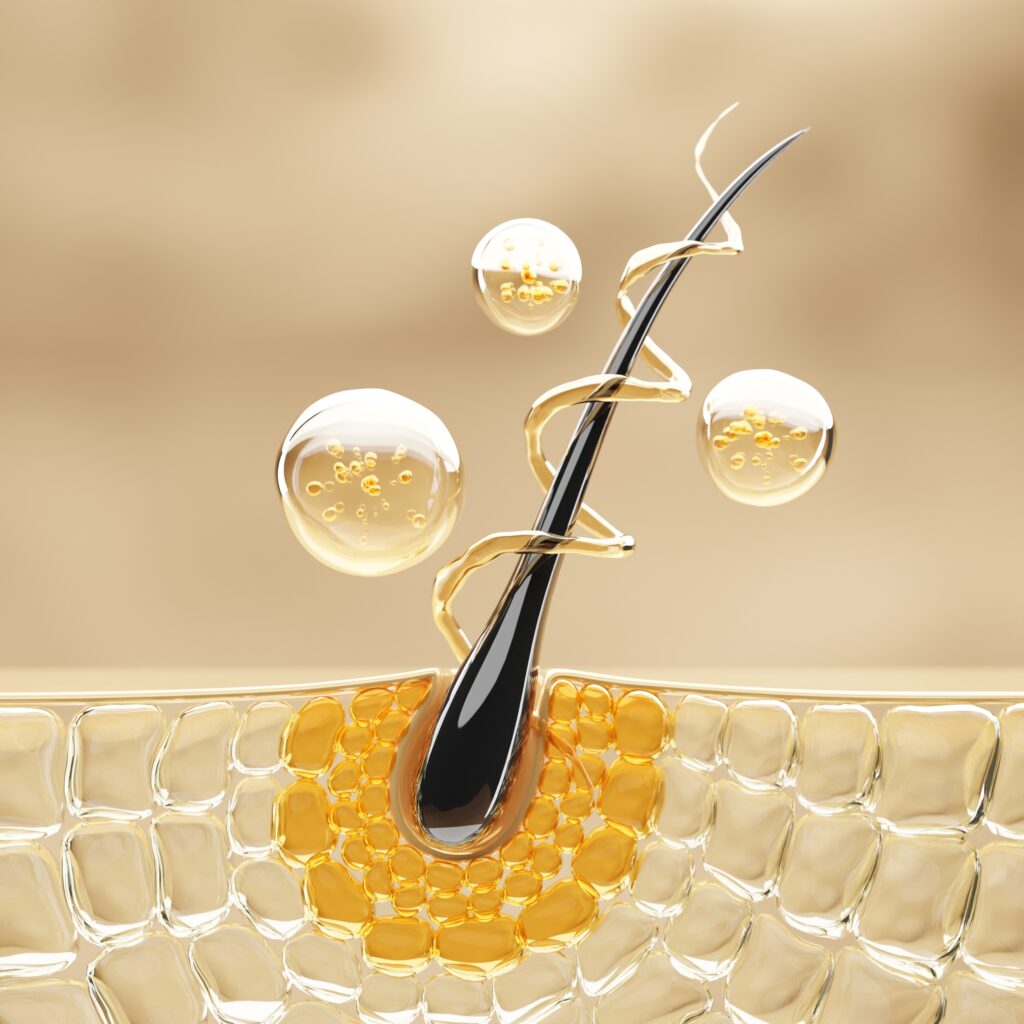The High-Stakes Sensory Gap
For decades, premium cosmetic formulations have relied on a familiar toolkit of ingredients — silicones, lanolin, beeswax, and petrolatum — to deliver the silky slip, cushion, shine, and protective feel that consumers expect from high-performance skincare, haircare, and color cosmetics. But this traditional toolkit is now under unprecedented scrutiny.
Driven by regulatory restrictions, sustainability goals, vegan claims, and environmental awareness, formulators are being asked to remove some of their most reliable sensory workhorses. The challenge is more than just compliance — it’s about preserving the sensory signatures that define brand identity and consumer loyalty. The question formulators face is clear: How do we close the sensory gap left by these legacy ingredients without compromising product performance?
The Sensory Trade-Off: What’s Lost When Legacy Ingredients Are Removed
The removal of traditional sensory agents creates more than a one-to-one substitution problem. Each legacy material performs multiple functions at once. Cyclomethicones contribute volatility and dry slip, dimethicones create cushion and film, lanolin offers high water-binding and elasticity, beeswax provides structure and gloss, and petrolatum ensures long-lasting occlusion.
When these are removed, sensory quality is often the first casualty. Skincare creams can feel heavier or less elegant. Haircare products lose the smooth glide that improves combability. Lipsticks and balms can lose their slip, shine, and payoff. Even slight changes in tactile properties can significantly shift consumer perception, as seen in lanolin research where refinement processes altered sensory outcomes (Dale et al., 2023).
Compounding the difficulty, the consumer expectation for “clean” products does not come with a tolerance for reduced sensory quality. Formulators must replicate or even exceed these tactile experiences without the legacy ingredients — a challenge magnified by the narrow selection of alternatives that also meet COSMOS, vegan, and biodegradability standards.
The Sensory Shortfall in Clean Formulation — and How Natura-Tec Fills It
Natura-Tec’s alternative portfolio addresses this sensory gap with a complete suite of plant-based, COSMOS-approved ingredients designed to replace the functionality of silicones, cyclomethicones, lanolin, beeswax, and petrolatum.
By offering a cohesive range, Natura-Tec allows formulators to tackle multiple replacement needs within a single, plant-based sensory framework.
Proof in Performance: How Natura-Tec Matches Legacy Sensory Benchmarks
The success of these alternatives lies in their ability to replicate sensory benchmarks established by traditional materials.
► Silicone Replacement Performance
Comparative sensory testing shows Plantsil™ XLite delivers spreadability, absorption, and dry after-feel closely aligned with cyclomethicone D5. Plantsil™ Xcite 100 & 350 mimic low and medium viscosity dimethicones, maintaining gloss, cushion, and smooth film formation in emulsions and anhydrous systems. These replacements also enhance pigment wetting in color cosmetics, improving intensity and uniformity.
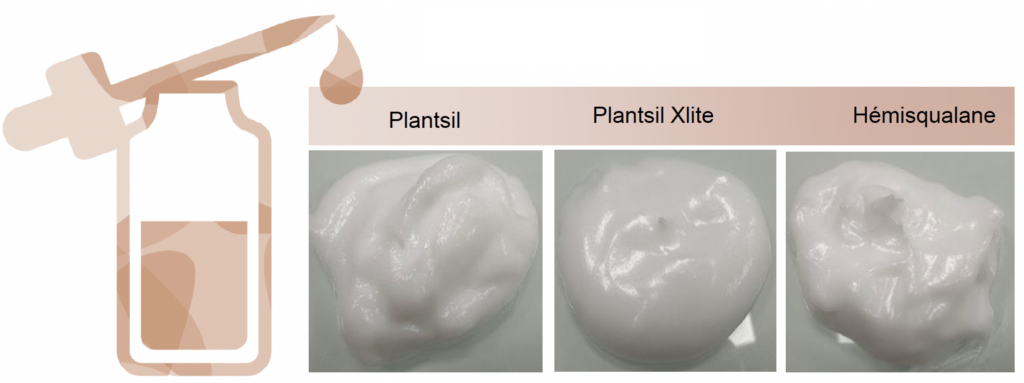
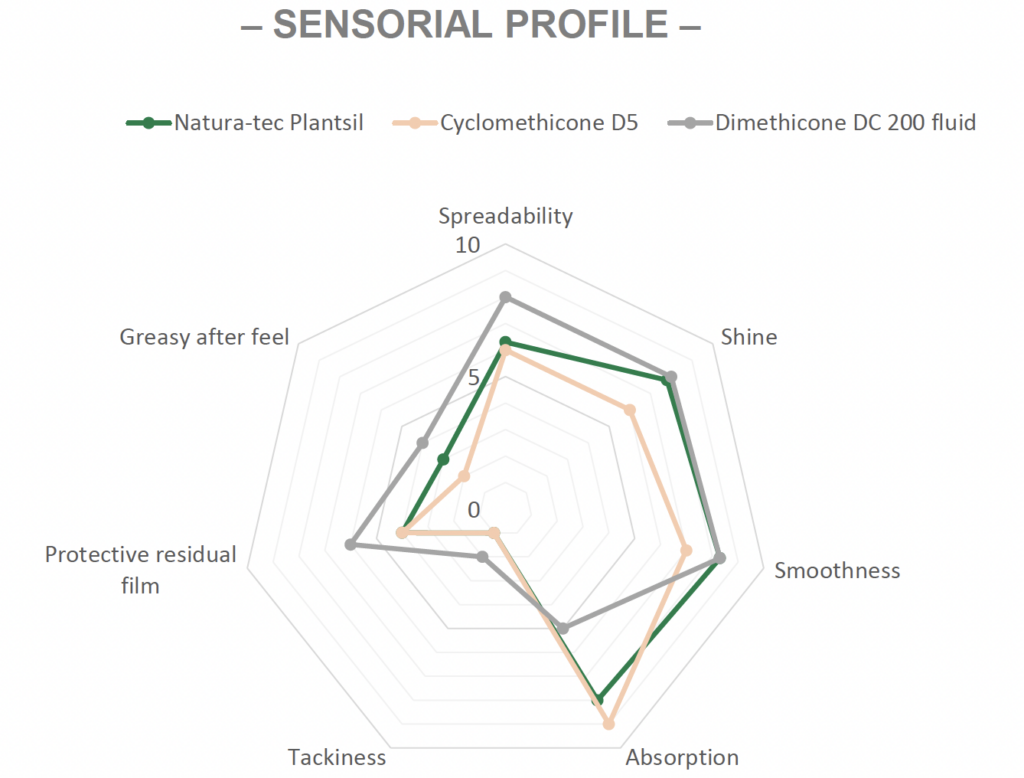
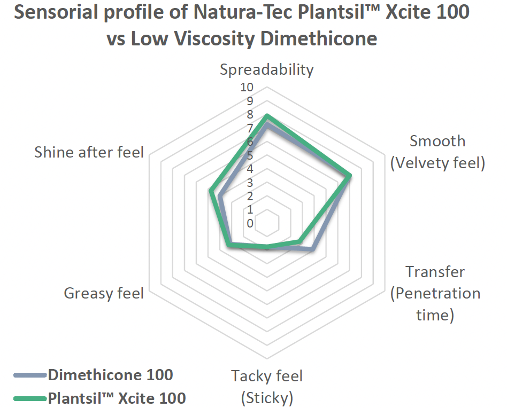
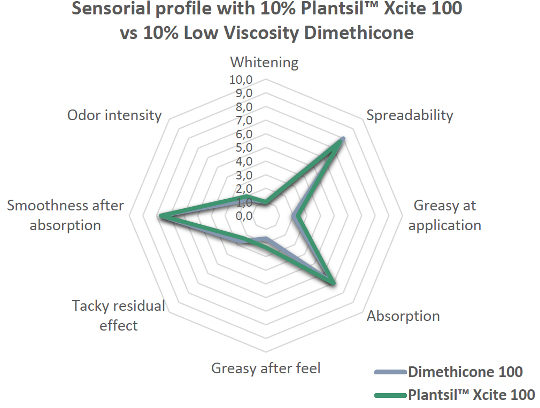
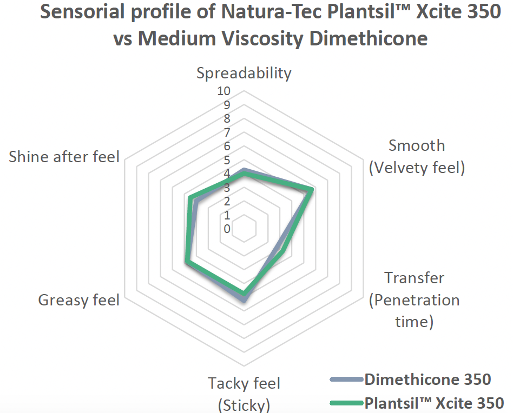
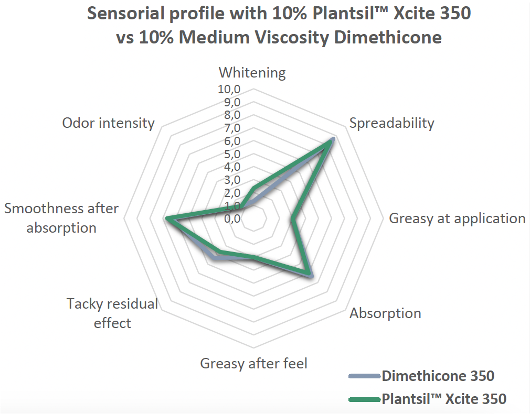
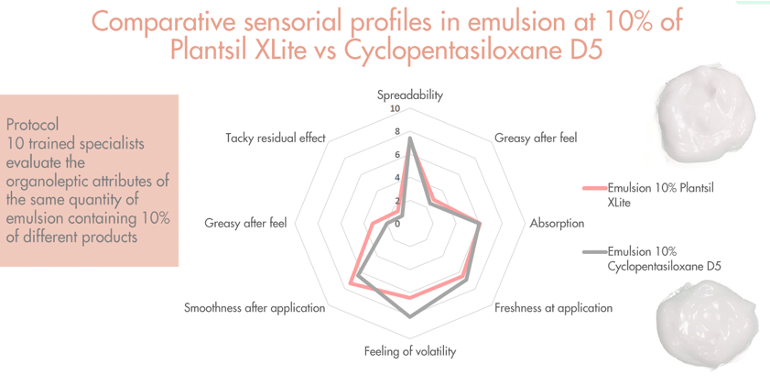
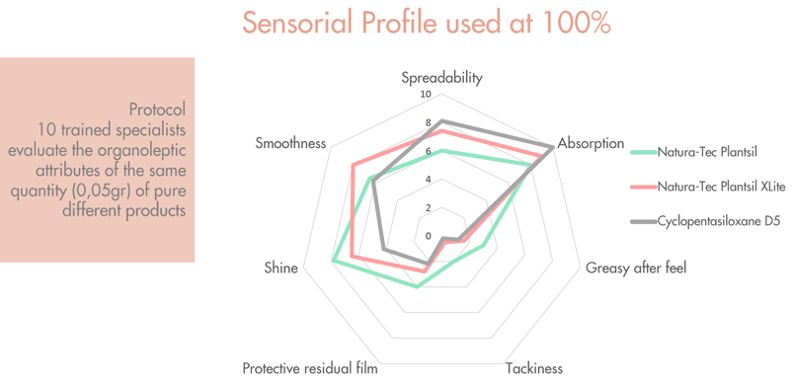
► Lanolin Replacement Performance
As highlighted by Dale et al. (2023), lanolin’s sensory profile is strongly linked to its refining process. The water-binding, elasticity, and semi-occlusive properties are essential to maintain product performance. Plantsoft™ L and Plantsoft™ LUX L deliver equivalent sensory characteristics in both emulsion and high-load anhydrous systems. Plantsoft™ Oil extends these benefits to haircare, adding gloss and conditioning without heaviness.
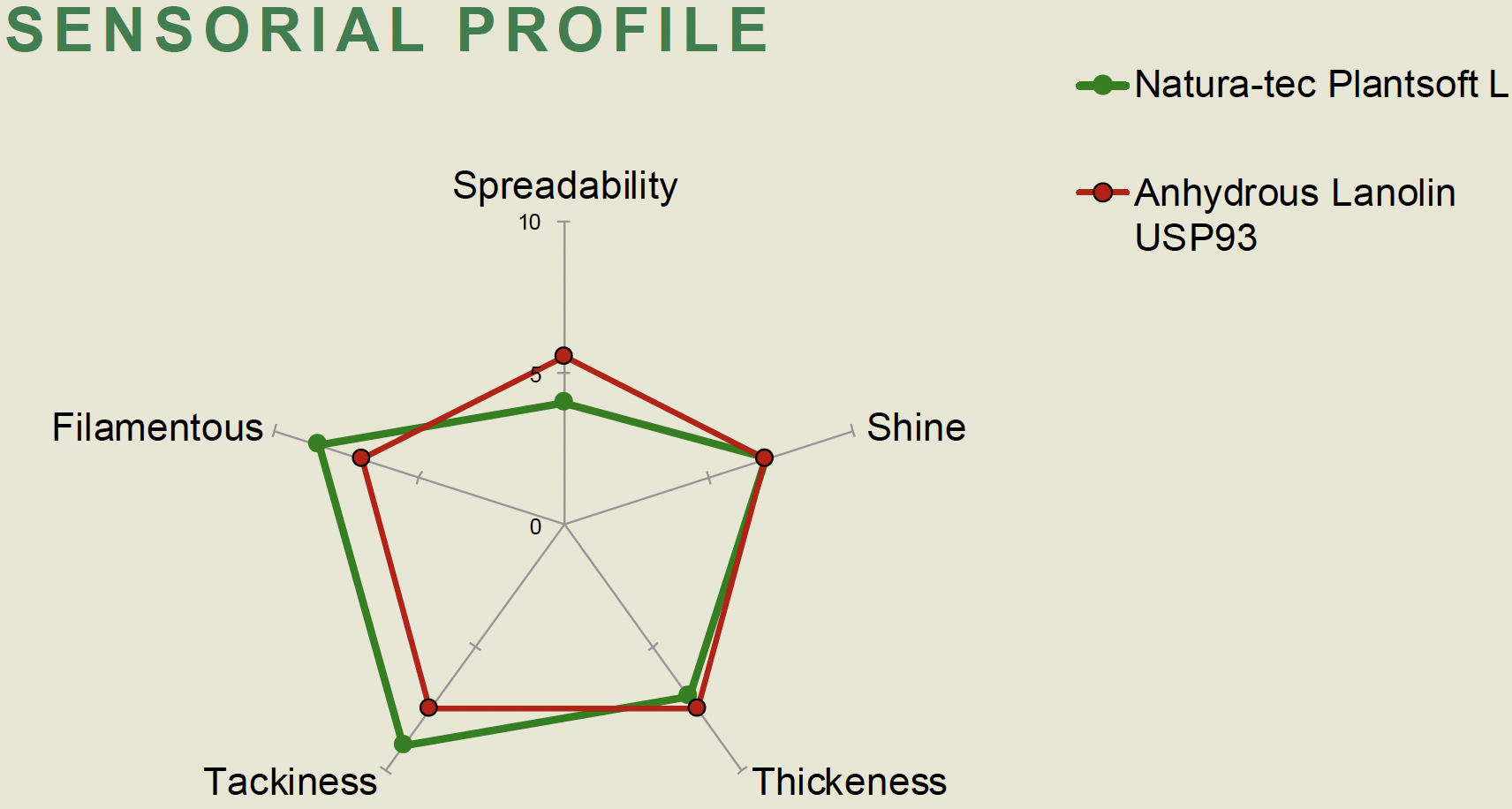
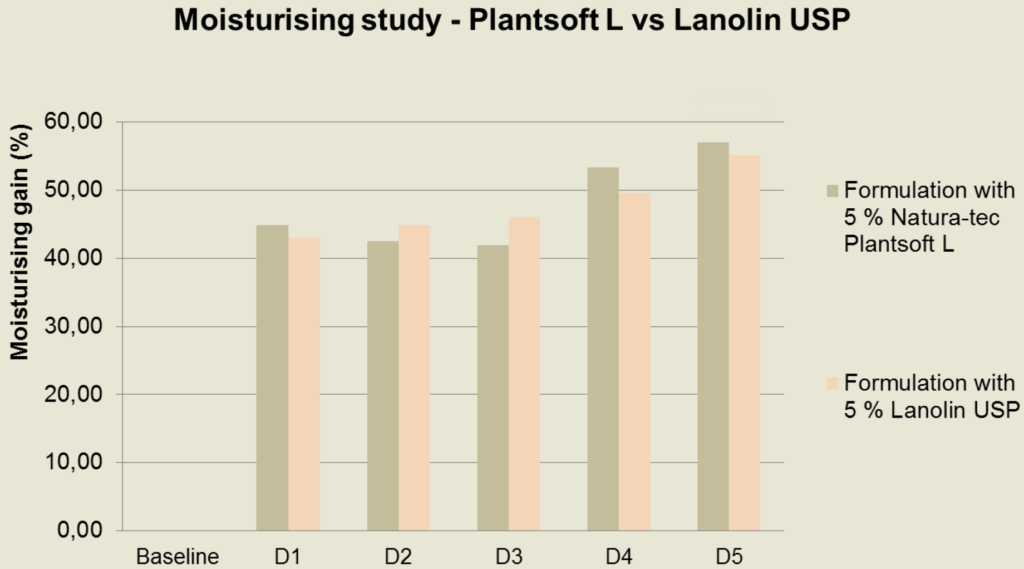
► Beeswax Replacement Performance
Balaguru et al. (2023) demonstrate that formulating beeswax-free lipsticks requires precise structuring to maintain hardness, break resistance, and glide. Bees-N-Love™ achieved solidification points, breaking index, and deposit performance comparable to beeswax, with slightly improved softness and spreadability. Vegetable Beeswax and Beeswax Substitute offer equivalent viscosity and pH stability in emulsions and stick formats, enabling vegan and cruelty-free claims without sacrificing performance.

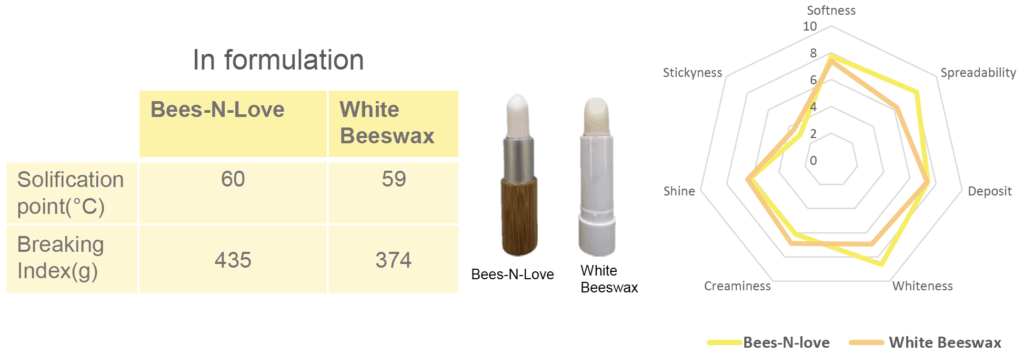
► Petrolatum Replacement Performance
In work on sustainable emollient systems, Bom et al. (2020) found that plant-based occlusives can replicate the moisturizing and stabilizing effects of petrolatum when carefully formulated. Natural Vaselin Type A & Type B match hydration levels of Vaseline Codex with a lighter sensory touch, while providing rapid viscosity stabilization — a key advantage in industrial-scale production.
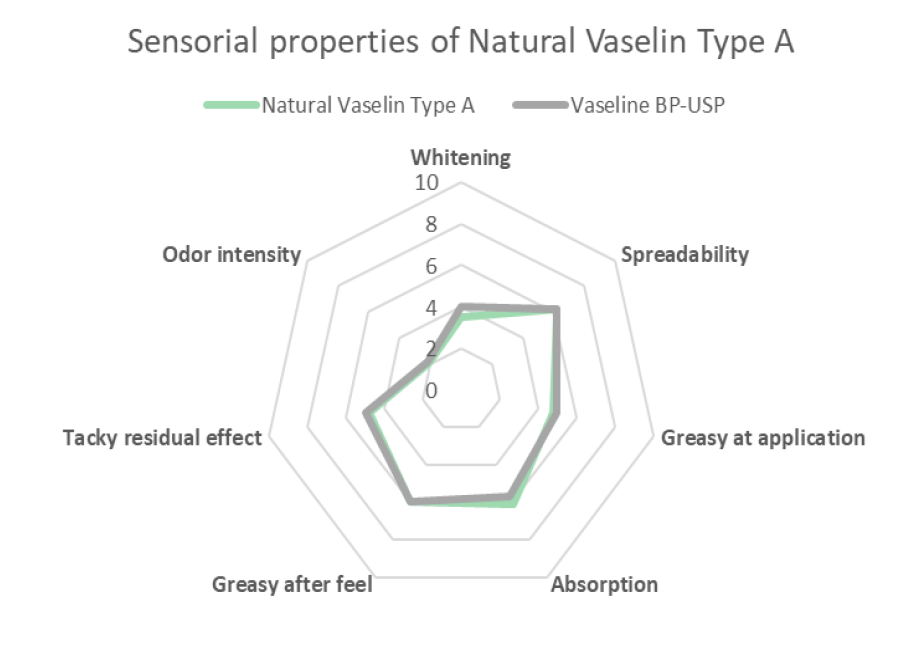

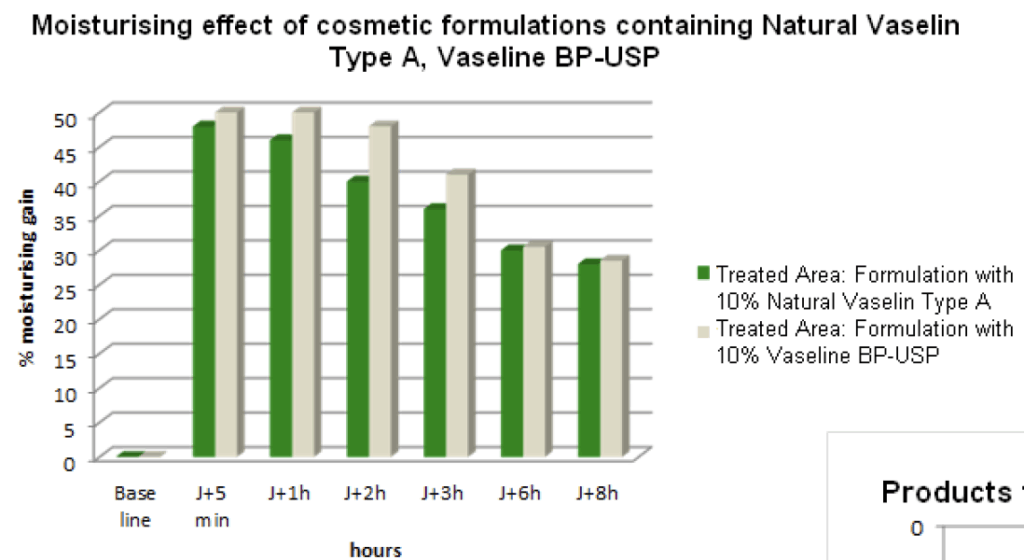
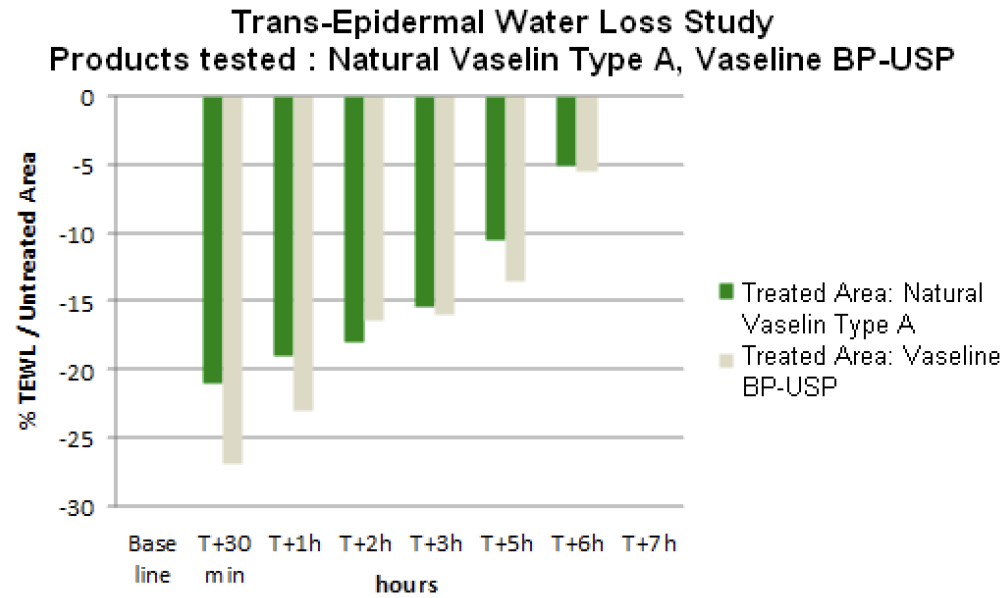
Securing Sensory Performance in an Evolving Industry
The shift away from legacy sensory agents is not a temporary trend. Regulatory tightening, evolving eco-certifications, and consumer preferences will continue to restrict these ingredients. Brands that adapt now will be better positioned to deliver compliant, high-performance products without costly reformulation cycles down the line.
Closing the sensory gap is more than just matching benchmarks — it’s an opportunity to innovate. Plant-based sensory alternatives can be designed for multifunctionality, replacing multiple ingredients with a single solution. This aligns with broader formulating trends toward minimalism, sustainability, and multifunctional performance.
By adopting Natura-Tec’s alternatives, formulators gain a robust set of tools to future-proof their product lines, maintaining brand identity and consumer trust while meeting regulatory and sustainability demands.
Your Next Move Toward Future-Ready Sensory Formulation
The removal of silicones, cyclomethicones, lanolin, beeswax, and petrolatum is a real challenge — but it is also a catalyst for innovation. Natura-Tec’s comprehensive suite of plant-based alternatives allows formulators to maintain or elevate the luxury sensory experience across skincare, haircare, and color cosmetics.
For formulators working under pressure to balance performance, sustainability, and compliance, the sensory gap no longer needs to exist. The tools to close it are here.
Ready to explore how these alternatives can fit into your formulations? Contact Deveraux Specialties’ dedicated sales team or request a sample through our website to evaluate performance firsthand.
Resources
- Balaguru, R., Bhowmick, S., & Iyer, P. (2023). Formulation of chemical and cruelty free vegan lipstick and analyzing its components. International Journal of Engineering Science Technologies. https://www.researchgate.net/publication/374249790
- Bom, S., Fitas, M., Martins, A. M., Pinto, P., Ribeiro, H. M., & Marto, J. (2020). Replacing synthetic ingredients by sustainable natural alternatives: A case study using topical O/W emulsions. Molecules, 25(21), 4887. https://doi.org/10.3390/molecules25214887
- Dale, D., McCabe, M., & Bourdillon, K. (2023). The impact of refinement on the sensory properties of lanolin. Journal of Surfactants and Detergents. https://doi.org/10.1111/joss.12822




